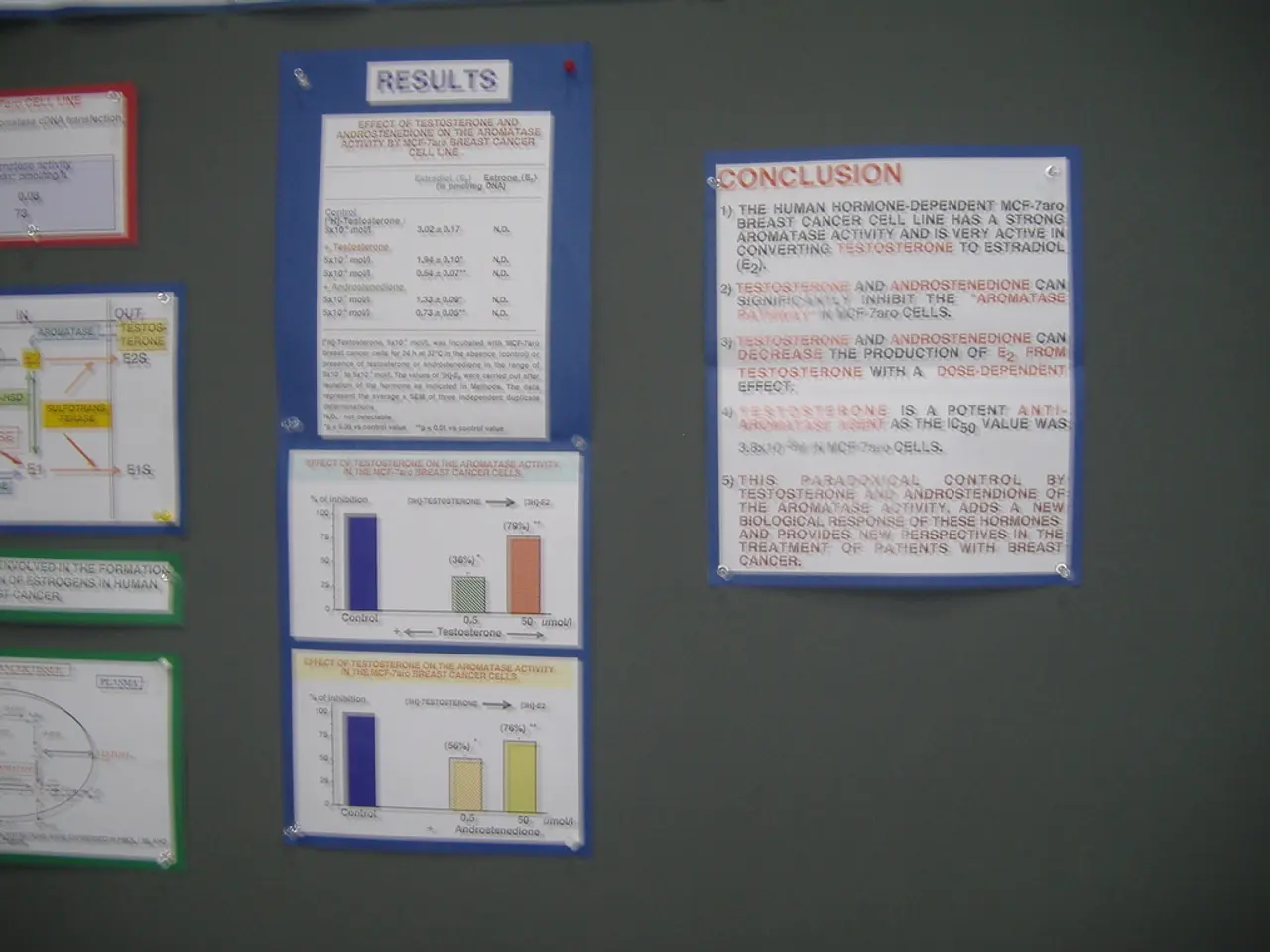U.S. Crude Oil Stocks Drop, Yet Prices Still Focus on Downward Trend
In a surprising turn of events, the price of crude oil experienced a third consecutive day of decline on Wednesday, defying the usual trends driven by supply and demand dynamics. This drop can primarily be attributed to geopolitical and economic concerns that have cast a shadow over the global energy market.
**Geopolitical Tensions and Oil Prices**
One of the primary reasons for the recent oil price drop is the announcement made by U.S. President Donald Trump regarding a 50-day deadline for Russia to agree to a ceasefire in Ukraine. This move has sparked fears of potential new sanctions that could disrupt global energy supplies, although the lack of immediate action has somewhat allayed these concerns[1].
**Economic Worries and Oil Demand**
The possibility of U.S. tariffs on Russia has also raised concerns about their impact on global economic growth and, consequently, energy demand. Increased tariffs can lead to higher production costs and reduced consumption, which negatively affects oil demand[1].
**Supply and Inventory: A Mixed Picture**
Despite a significant drop in U.S. crude inventories, the market has been influenced more by geopolitical and economic factors than by supply conditions. The drop in inventories typically supports higher oil prices, but other factors have dominated the market sentiment[3].
**Potential Impacts of U.S. Tariffs on Economic Growth**
If implemented, U.S. tariffs could slow economic growth by reducing demand and increasing costs across various industries. Lower demand could lead to reduced consumption and negatively impact economic growth by slowing down industries that rely heavily on oil and other affected goods[1].
Higher tariffs can result in higher production costs for industries that import goods from affected countries, potentially leading to higher inflation and reduced economic activity[1]. Moreover, tariffs can disrupt trade flows, creating uncertainty and instability in global markets. This can lead to decreased investment and economic growth as businesses and investors become cautious about future trade conditions[1].
In conclusion, while the decrease in U.S. crude oil inventories typically supports higher oil prices, geopolitical tensions and economic concerns have dominated the market, leading to a decline in oil prices despite these supply constraints. U.S. tariffs have the potential to slow economic growth by reducing demand and increasing costs across various industries.
[1] Reuters. (2021, July 14). U.S. crude oil prices drop for third straight day on geopolitical, economic concerns. Retrieved from https://www.reuters.com/business/energy/us-crude-oil-prices-drop-third-straight-day-geopolitical-economic-concerns-2021-07-14/
[2] Energy Information Administration. (2021, July 8). Weekly petroleum status report - July 8, 2021. Retrieved from https://www.eia.gov/todayinenergy/detail.php?id=47412
[3] American Petroleum Institute. (2021, July 14). API reports surprise build in U.S. crude oil inventories. Retrieved from https://www.api.org/news-and-events/news/2021/7/14/api-reports-surprise-build-in-us-crude-oil-inventories
The recent decline in crude oil prices is largely due to geopolitical tensions, such as the 50-day deadline set by U.S. President Donald Trump for Russia to agree to a ceasefire in Ukraine, and economic concerns over potential new sanctions and U.S. tariffs, which could disrupt global energy supplies and negatively impact various industries like finance and business.
These tariffs could also influence energy demand by increasing production costs and reduced consumption, leading to potential slowdown in economic growth, particularly for industries heavily reliant on oil and other affected goods.




